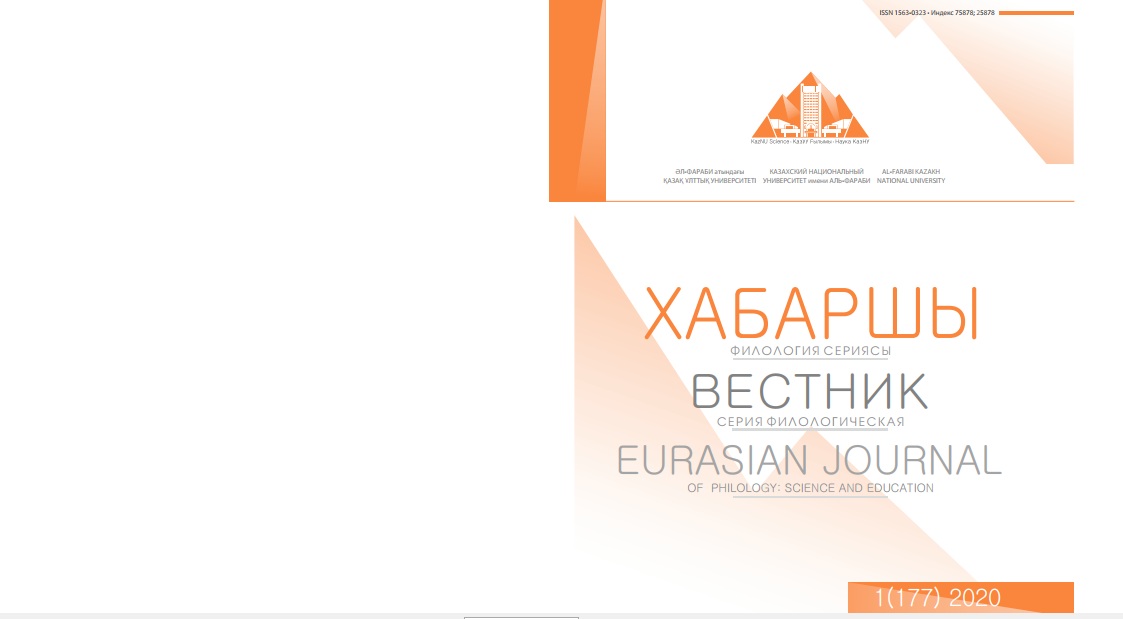Gender features in public speech
DOI:
https://doi.org/10.26577/EJPh.2020.v177.i1.ph19Abstract
In our work, we will test the validity of basic stereotypes related to the concept of female speech
and try to find out to what extent they are reliable and effective in different contexts and situations. The
speech behaviour of men and women is significantly different. This is due to thinking, the development
of speech itself, and the position in society itself. In gender studies, there are concepts of “male” and
“female” languages that have some distinctive features. The features of these “languages” are evident
at all levels of English studied. There are differences in the choice of the use of lexical means, the peculiarities of syntax and intonation. Interest in terms of system linguistics of quantitative characteristics
of men and women ‘s use of different units of language, for example, parts of speech, suffixal forms,
degrees of comparison of adjectives. So women are more sentimental and emotional than men, and in
addition, spend a lot of time communicating with children, in their speech often there is the realization
of diminutive-affectionate suffixes and affective forms of treatment: Honey (for a child, a loved one or a
person younger than you by age), Dear, Sweetie, Love, Darling, Kitten, Babe or Baby (for a loved one),
Pal (addressing a son or grandson).






